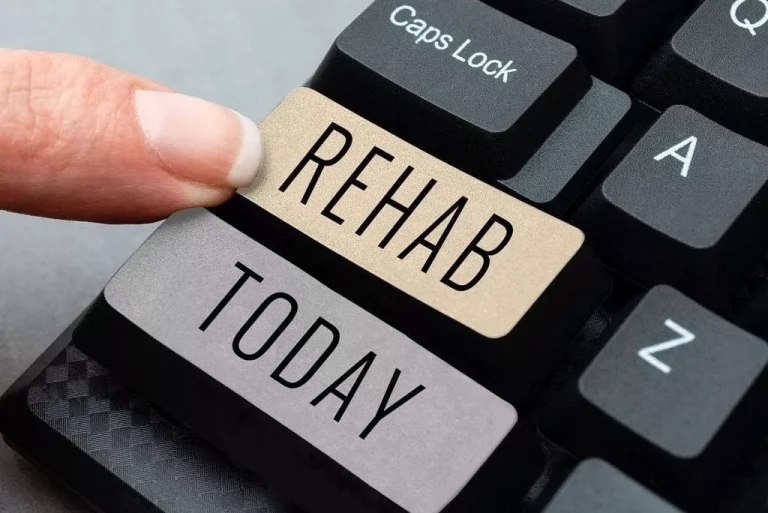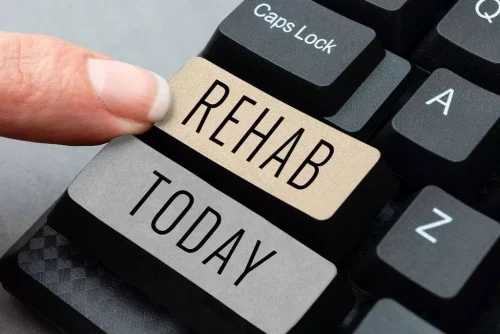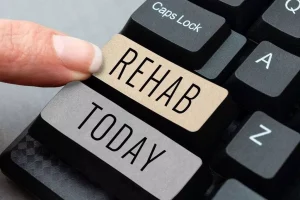
Dry drunk symptoms occur when an individual has physically given up alcohol but has not made any behavioral or emotional changes. These individuals may still carry around the emotional baggage or unhealthy thought patterns that contributed dry drunk syndrome to their addiction in the first place. When you quit drinking, your brain must adjust to the impairment that alcohol caused. This adjustment period can last a couple of weeks or as long as several years. Giving up alcohol completely can be an important step in a person’s recovery from AUD. However, this can be a long, difficult process during which some people may experience dry drunk syndrome.

Journey to Happiness: 7 Entertaining Getaways for Fun
Even the people who you alienated before you quit drinking may welcome the opportunity to spend time with you. PAWS symptoms are reasonably common among people recovering from AUD. If a person has concerns about their PAWS symptoms, they can try using various methods to manage them. They can also speak with a healthcare professional, join a Alcohol Use Disorder support group, or both. People recovering from alcohol misuse or addiction often experience difficult, painful emotions. They might feel frustrated or angry, struggle with their desire to drink, or express a lot of negative thoughts.
- If a person is having difficulty with their PAWS symptoms, they should speak with a healthcare professional.
- The Diagnostic and Statistical Manual of Mental Disorders, 5th edition (DSM-5) does not recognize the terms dry drunk syndrome and PAWS.
- You can receive 24/7 text support right away and at your convenience.
- This part of recovery is pretty common, even if people don’t recognize it as such or talk about it much.
- It can also be dangerous, increasing the risk for relapse or falling into other addictive patterns.
- A combination of social support and professional treatment from outpatient providers can sometimes be enough to get a person on track in their recovery.
Is it always a sign of a relapse?
- They may also be able to prescribe medications, such as acamprosate (Campral), to help with the symptoms.
- Talking to loved ones about what you’re experiencing and sharing as much as you feel comfortable with can help them understand your distress.
Of course, it’s important to set (and enforce) clear boundaries around behavior that affects you negatively, like angry outbursts or dishonesty. But it’s also important to cultivate patience as they work toward making changes. Even if they direct these emotions toward themselves, their emotional state can affect yours. Try to remember this isn’t necessarily a situation they chose to be in. Maybe you start by simply going to the gym at a certain time most days of the week. Don’t stress too much about doing a huge workout; just focus on getting yourself there.
Dry Drunk Symptoms and Behavior Patterns
- When you no longer want to drink, feel that you’ve had enough, and want to move on with a healthy life, recovery through a treatment program is essential.
- Our highly credentialed staff provide high-quality addiction treatment as well as nine medically researched evidence-based practices.
- You reach for a drink wherever you have a terrible moment, and all is better.
- People that don’t receive treatment for their alcoholism may be able to stop drinking, but may still struggle with the negative behaviors and emotions tied to their addiction.
Getting sober in and of itself doesn’t magically solve or erase these previous or ongoing struggles. People that stop drinking but still struggle with anxiety, depression, or other unresolved issues are going to continue to struggle without treatment. A “dry drunk” is someone who is sober but continues exhibiting unhealthy habits similar to when they were drunk.
- There are also a few steps you can take on your own to start enjoying your new sober life as you work toward lasting recovery.
- They may seem simple and unsurprising, but they do work for many people.
- Alcohol use disorders (AUDs) also commonly co-occur with depression, anxiety disorders, and other mental and medical problems.
- An individual battling PAWS symptoms may appear to others as if they’re intoxicated when, in fact, they are sober.
- Plus, focus on the activities you are engaging in and find new hobbies and interests to occupy your time and keep your mind busy.
- Many now consider dry drunk syndrome to be a stigmatizing term, as it can imply that a person is not putting in the effort necessary to recover.

Dry drunk syndrome doesn’t just make a non-drinking alcoholic more difficult to be around. It can also be dangerous, increasing the risk for relapse or falling into other addictive patterns. Dry drunks may also act as if they are above going to addiction support groups like AA and 12-Step programs. They may refuse to go to therapy and be in denial of their need to address factors that triggered or contributed to their harmful drinking habits.
Getting Help for Dry Alcoholics
Specialists can guide you through therapy to work through the underlying causes so you’re not left with those feelings and emotions, albeit not drinking. Since 1968, our goal has been to help individuals achieve a life of sobriety free from addiction. Our highly credentialed staff provide high-quality addiction treatment as well as nine medically researched evidence-based practices. If someone you know is exhibiting the symptoms of dry drunk syndrome, encourage them to continue treatment.


The important thing is to find a recovery program that works for you and stick with it. If one approach doesn’t feel right, take a step back and consider a different one. This part of recovery is pretty common, even if people don’t recognize it as such or talk about it much. When talking to or about someone in recovery, avoid using this term. When you start saying “no” to alcohol, you must look at your whole lifestyle and alter it accordingly. That means looking at social networks to see how they play a role in your new lifestyle or if they are intertwined with your drinking network.
Sign up for text support to receive:

If you have quit drinking alcohol but still struggle with the same behavior patterns as during addiction, you’re not alone. HBO’s Addiction Project postulates that addicts only fully recover after four to five years of support after the initial sobriety period. For some addicts, especially those who opt out of follow-up treatment after becoming sober, the emotional and psychological issues that accompanied their addiction can remain. Non-drinking alcoholics with dry drunk syndrome tend to have a negative outlook on their recovery and life in general. This can make it hard to mend relationships with loved ones and get back into a normal, healthy routine. Although getting sober is the first step to recovering from alcohol addiction, it is not the only one.

